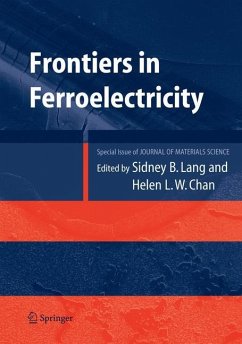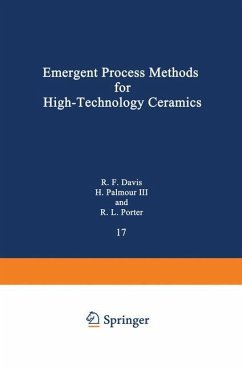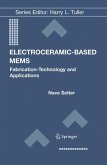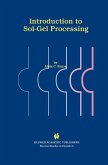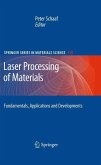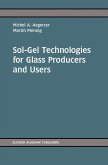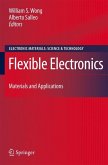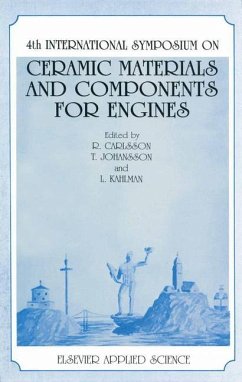The ?eld of ferroelectricity is a very active one. Many hundreds of papers in this ?eld are published each year and a large number of local and international conferences are held. We felt that it wouldbeappropriate at this time to publish a set of papers in a single journal describing some of the most active areas in the ?eld. The Journal of Materials Science agreed to publish a special issue on ferroelectricity. Accordingly, we sent requests for papers to a number of research groups around the world. It was diff?culttoselect a small number of groups from among the many excellent ones in the ?eld and we apologize to those not included. We received 24 manuscripts from groups in North America, Asia and Europe, each one of which was reviewed by two referees. The papers include reviews and current research, both experimental and theoretical. It was especially satisfying that the authors included not only established researchers but also manyyounger people who are destined to continuein the ?eld in the future. The special issue entitled "Frontiers of Ferroelectricity"appeared as Volume 41, Issue 1 of the Journal of Materials Science in January 2006. Because webelieved that many researchers and students would ?nd great value in having the complete set of papers on their bookshelf, we suggested to the editors of Springer that Frontiers of Ferroelectricity shouldbe published in book form.
Bitte wählen Sie Ihr Anliegen aus.
Rechnungen
Retourenschein anfordern
Bestellstatus
Storno

